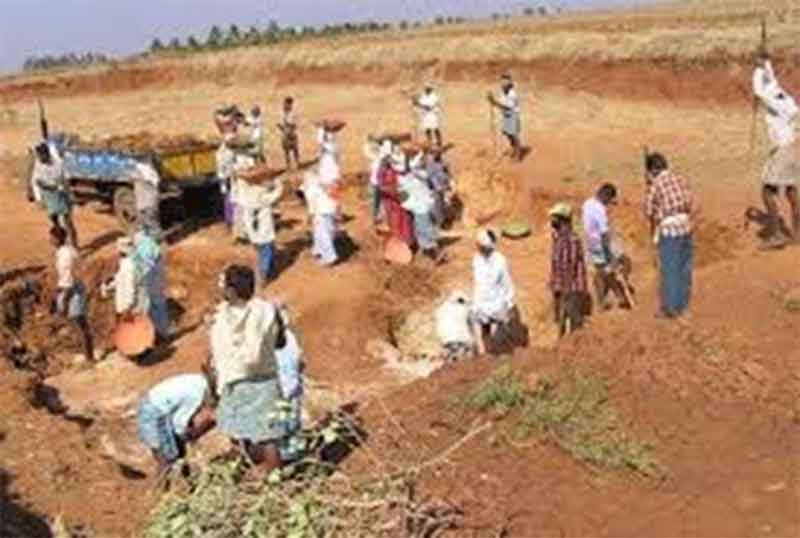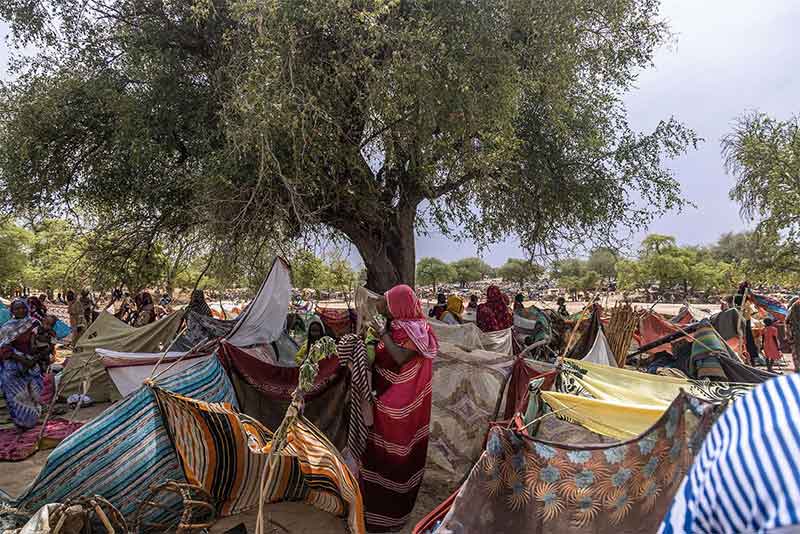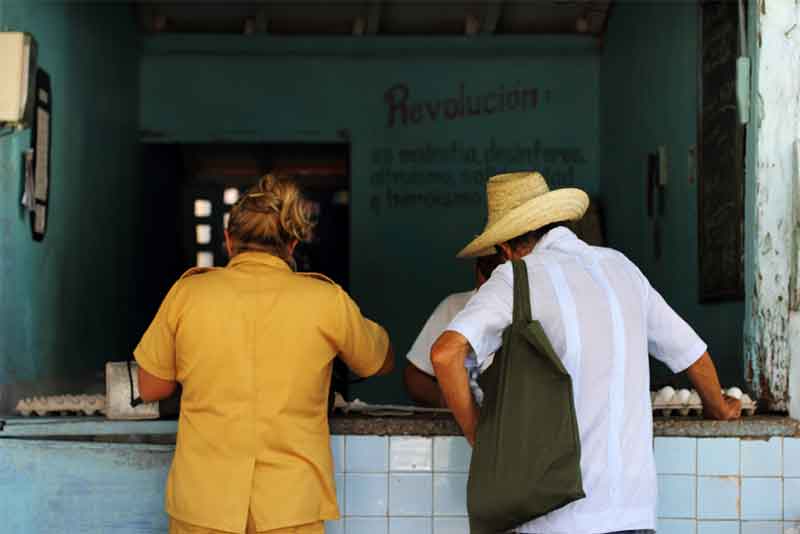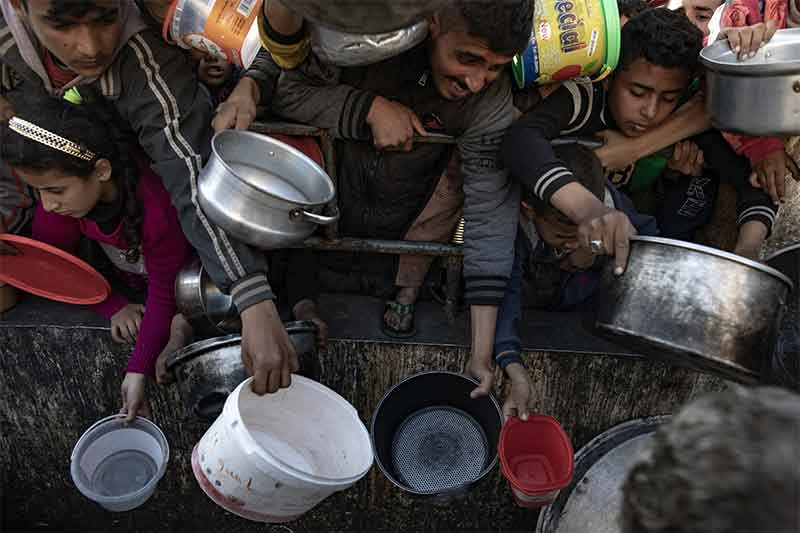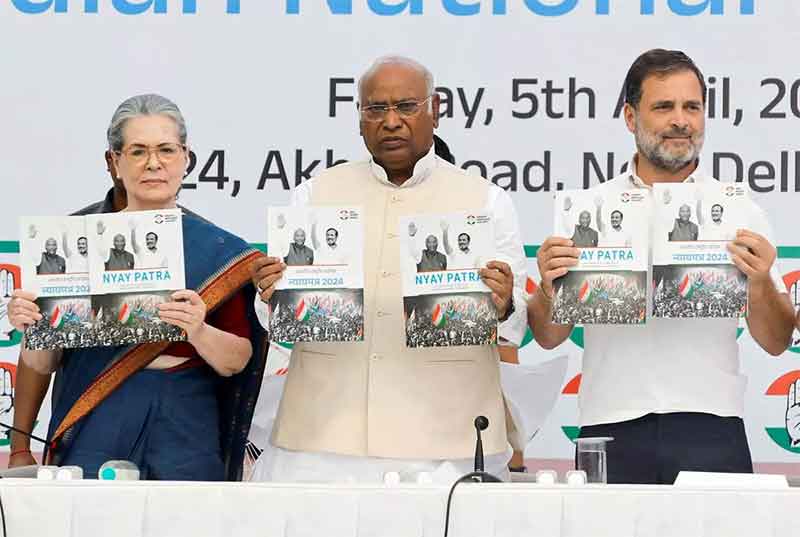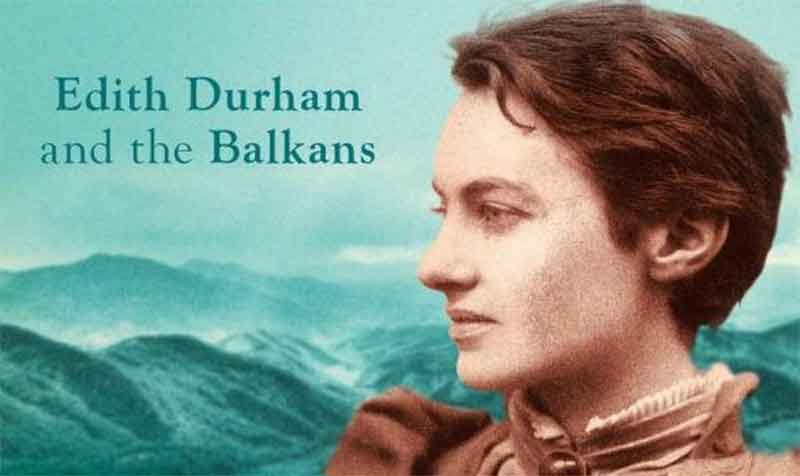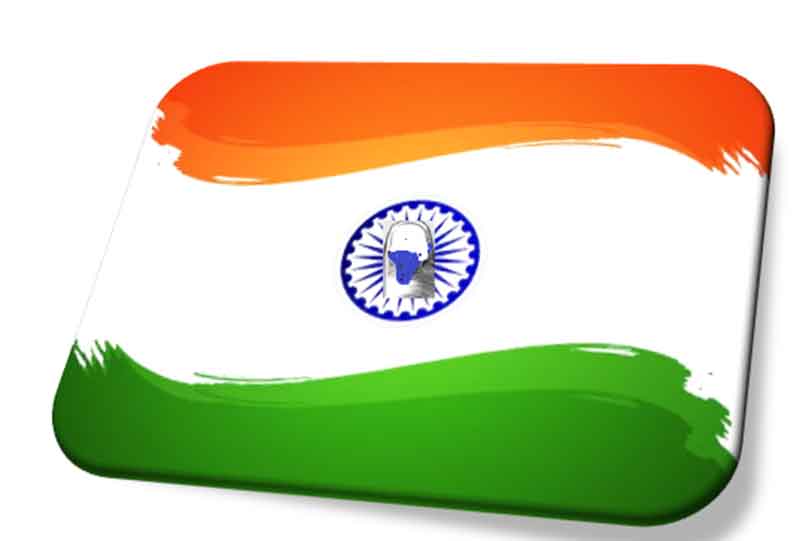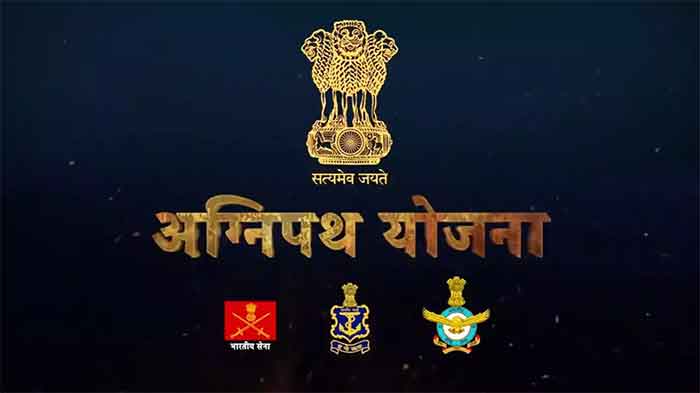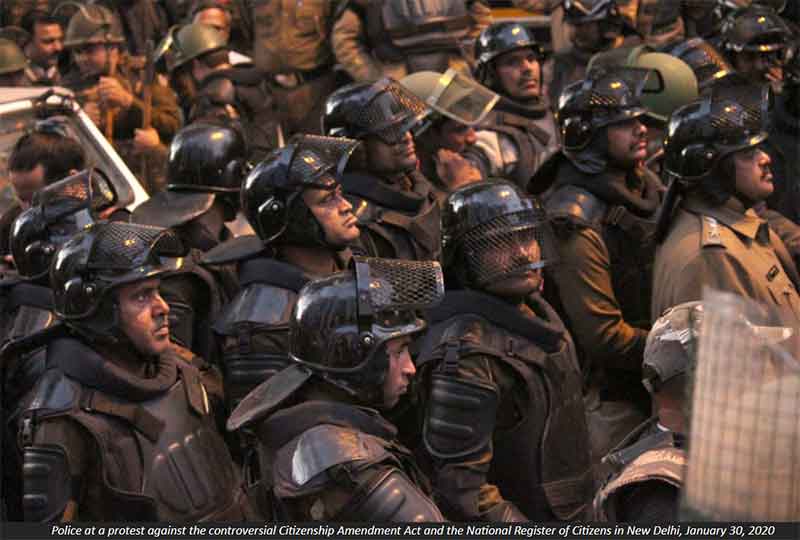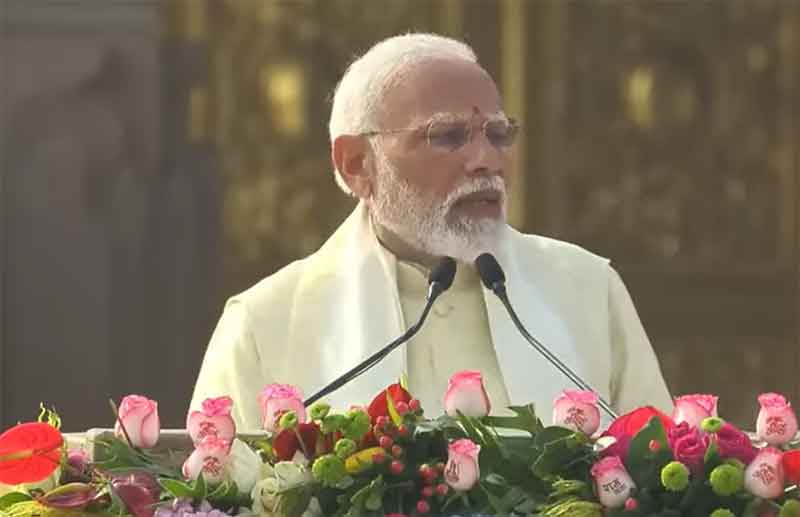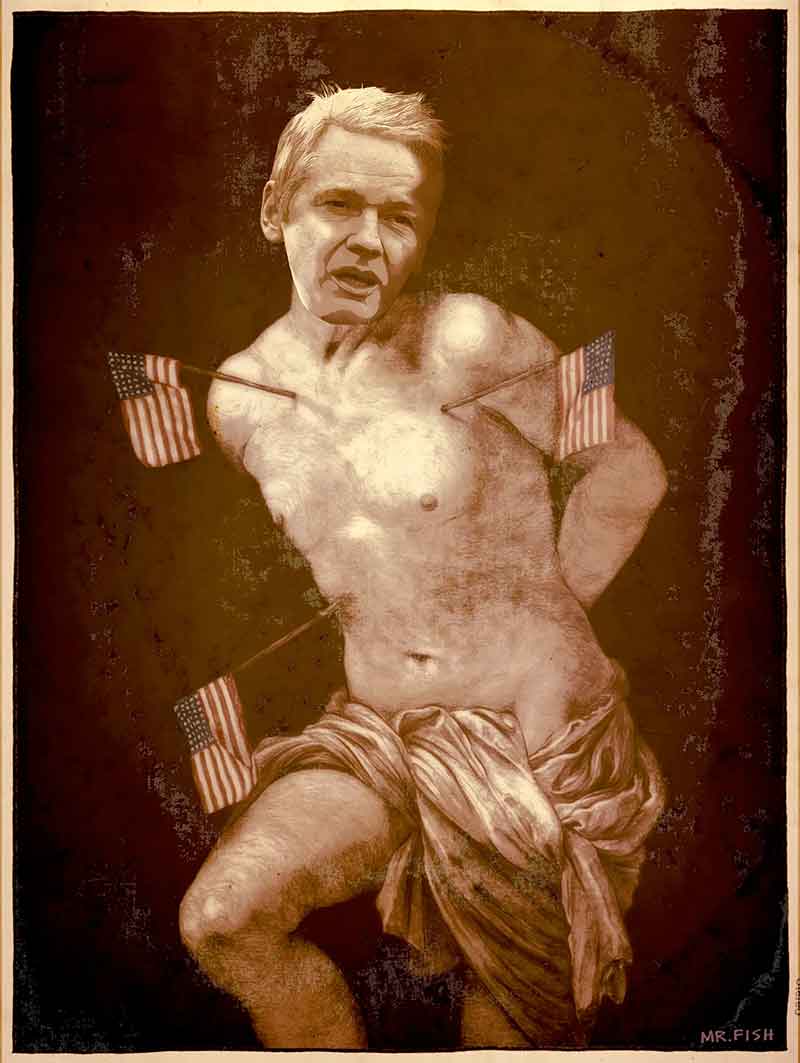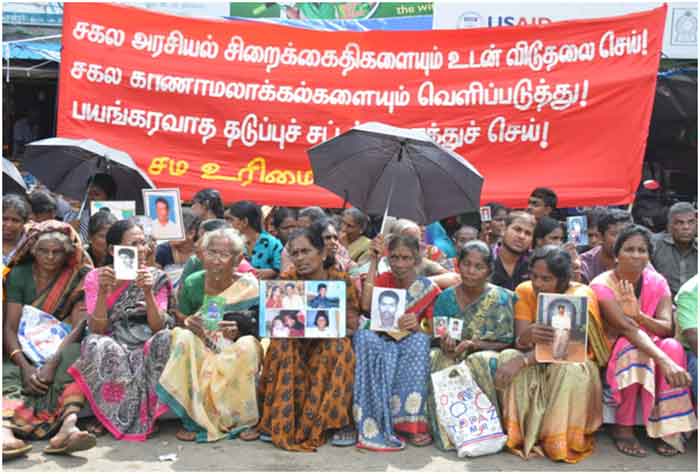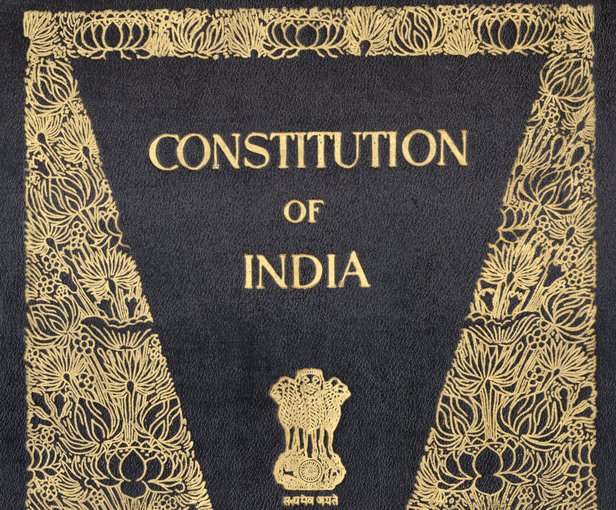
Consequent upon the central Government’s move to bring an ordinance on Jallikattu, the traditional bull-taming sport of Tamil nadu following statewide protests, A chorus has begun in the neighbouring state, Karnataka. A social media campaign to save Kambala, the traditional buffalo racing held in the costal districts of Karnataka started a few days ago. There is an attempt to project Kambala as the cultural identity of the Tulu-speaking population, the inhabitants of coastal Karnataka especially in Udupi and Dakshina Kannada districts. The movement in favour of Kambala, which is primarily a feudal relic, is seen by many people and scholars as a conspiracy to perpetuate caste-based discrimination and to strengthen the cultural hegemonic forces dominant in the area. Critics expressed shock over the attempts to portray Kambala, which primarily upholds the dominance of one particular caste while institutionalizing the subordinate status of the other lower caste groups of the Tulu belt, as the cultural identity of the masses.
Kambala racing was evolved as a tradition to establish the supremacy of the Bunt caste and to provide them cultural legitimacy over the plebeians. Earlier, the he-buffalos used for Kambala were owned only by the economically and socially dominant Bunt community. They were not used for tilling and other agricultural operations. These well fed hefty buffalos were the epitome of power and pride for the bunts. Kambala races made a statement of the martial supremacy of the bunts. It also reinforced their the feudal power over the poor, tenant and the lower caste farmers. It was also used to exert control over communities’ resources and production. Tenant farmers were required to supply fodder for the Kambala buffalos. Dalits and other lower caste farmers were entrusted with the work of looking after the bovines. Kambala was, thus, used as a medium to control the labour and resources of the lower caste farmers, and thus is unambiguously related to caste hierarchy and prejudices.
Till recently many inhumane practices like untouchability and ‘Ajalu’ system were used to be practised during the Kambala races. As it was a prestigious sport among the social elites of several neighbouring villages, there existed the threats that the paddy fields filled with mud which were used as Kambala tracks would be vandalised by the opponents. So the people belonging to the Koraga community, a local tribe were made to guard the fields during the night hours. This practice was known as Pani Kullunu. Further, the Koragas were also required to run on the fields of Kambala before the start of the actual race to ensure that there were no broken glass pieces, thorns, stones etc. on tracks so that the bulls did not get hurt during the race. Though there have been some modifications in the form of Kambala, it is still at its core a game of feudal dimensions. A look at the social profile of the organisers of Kambala across the coastal Karnataka we will reveal the feudal and the casteist nature of this sport. In Dakshina Kannada district Kambala races are organised in places like Baradi Beedu (near Karkala), Yeedu (Karkala), Miyaru (near Karkala), Aikala Bava (between Moodabidre and Mulki), Bangadi (Belathangadi), Hokkadi Goli (Bantwala), Pajiru (Bantwala), Pilikula (near Mangalore), Jappinamogaru (near Mangalore), Talapady Panjala (near Mangalore), Katapadi (Udupi), Adve, Nandikooru, Moodabidre, Mulki, Venuru, Uppinangady, Puttur and Thonse.
In all these Kambala racing events, either the Bunts or the Jains are the organisers. But the one who runs alongside the buffalos and drives them, the ones who taker care of the buffalos and the volunteers who play a supportive role generally belong to the Billava and other lower castes. Thus, the Kambala racing neither began as a plebeian sport nor has it evolved into one. Thus we can say that all efforts to save and rejuvenate Kambala will result in institutionalizing the caste-based prejudices and hierarchies. The rural buffalo-racing sport of Kambala, as practiced in coastal Karnataka, therefore, doesn’t fit the egalitarian structure enshrined in our Constitution.
Naveen Soorinje is a TV journalist and activist hailing from coastal Karnataka and presently working in Bangalore.
Translation: Kavya Achut







